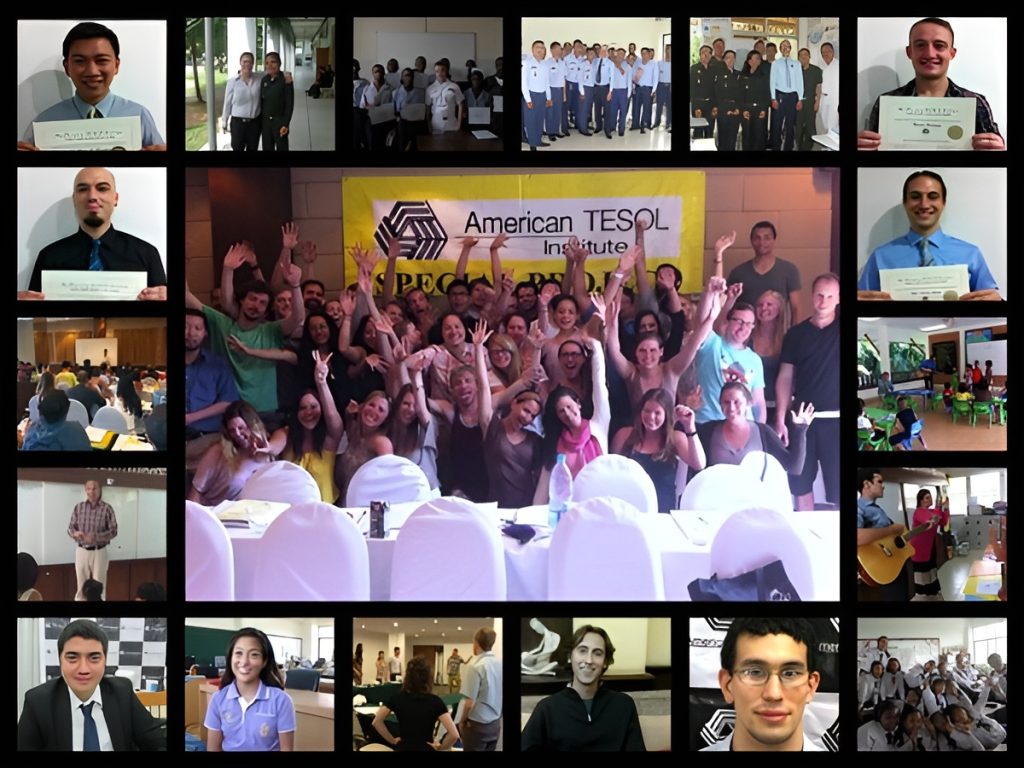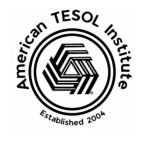Teaching English to Speakers of Other Languages (TESOL) is a global profession today, but its roots trace back centuries to the cultural exchanges, colonial expansions, and academic pursuits that first brought English to non-native speakers. Understanding the history of the pioneers in TESOL provides valuable insights for modern educators and highlights the profound impact of language teaching on global communication.
Early Beginnings: English Spreads Through Trade and Colonization
The history of TESOL can be linked to the spread of English as a global language, which began during the age of exploration in the 16th and 17th centuries. British traders, missionaries, and colonial administrators were some of the earliest individuals tasked with teaching English to non-native speakers.
- Missionary Educators: Christian missionaries often established schools in colonies, teaching English alongside religious instruction. The goal was to use English as a tool for spreading Christianity and integrating local populations into the colonial system.
- Merchant Classes: English was introduced to trading hubs in Asia, Africa, and the Americas by merchants, who often served as informal teachers by using simplified forms of English to communicate with local populations.
Fun Fact: The English-based pidgin and creole languages that emerged during this period still exist in parts of the world, such as Jamaica and Papua New Guinea, serving as unique linguistic legacies of this early TESOL work.
The Rise of Systematic English Teaching
By the late 19th and early 20th centuries, English instruction became more formalized. Governments and institutions began to recognize the importance of teaching English as a means of international communication and economic progress.
- British Council (1934): One of the first organizations to promote English teaching globally, the British Council developed training programs and curricula to standardize English instruction in colonies and foreign countries.
- The Direct Method: Early language teaching methods like the Direct Method focused on immersive learning, emphasizing spoken language and practical vocabulary rather than translation-based instruction.
Fun Fact: The first recorded English as a Second Language (ESL) class in the U.S. was in New York City in 1910, organized to help immigrants integrate into American society.
Post-War Expansion and the TESOL Movement
The aftermath of World War II marked a significant turning point for TESOL. English began to emerge as the global lingua franca due to the geopolitical influence of the United States and the United Kingdom. During this period:
- The Marshall Plan: English teachers were sent to Europe to assist in rebuilding education systems, fostering international collaboration, and promoting economic recovery.
- The Peace Corps (1961): This U.S. government program sent volunteers, including English teachers, to developing countries to promote cultural exchange and education.
The Birth of TESOL: The professionalization of the field began in the 1960s with the establishment of organizations like TESOL International Association (1966), which standardized teaching practices and created a community for English language educators worldwide.
Modern TESOL: A Diverse Global Field
Today, TESOL is a thriving global profession with millions of educators working across the world in schools, universities, language centers, and online platforms. The evolution of the field reflects changes in technology, pedagogy, and the global demand for English proficiency.
- Communicative Language Teaching (CLT): Introduced in the 1970s, this approach focuses on teaching language through real-life communication and interaction, moving away from rote memorization.
- Digital TESOL: Online platforms now connect teachers and learners across continents, with tools like video conferencing and language apps revolutionizing how English is taught and learned.
Fun Fact: In 2023, English was spoken as a second language by over 1.5 billion people worldwide, making it the most widely learned second language in history.
Key Takeaways for TESOL Educators
- Learn from the Pioneers: Understanding the historical contexts and challenges faced by early TESOL practitioners can inspire modern educators to appreciate the transformative power of their work.
- Cultural Sensitivity: Early TESOL often lacked cultural awareness, but today’s educators have the opportunity to honor and integrate students’ linguistic and cultural backgrounds into their teaching.
- Embrace Innovation: The field of TESOL has consistently evolved, from the Direct Method to digital teaching. Staying informed about emerging technologies and methodologies is essential for success.
Conclusion: A Legacy of Connection
The history of TESOL is a story of cultural exchange, adaptability, and the drive to connect people through language. From early missionaries and traders to modern-day online teachers, TESOL educators have played a crucial role in shaping how the world communicates. As the field continues to grow, understanding its past ensures that the legacy of global connection and mutual understanding endures.
- TESOL Worldwide – Teach English with American TESOL Institute.
- TESOL Careers – From Afghanistan to Zimbabwe, search thousand of teaching jobs across the globe.



